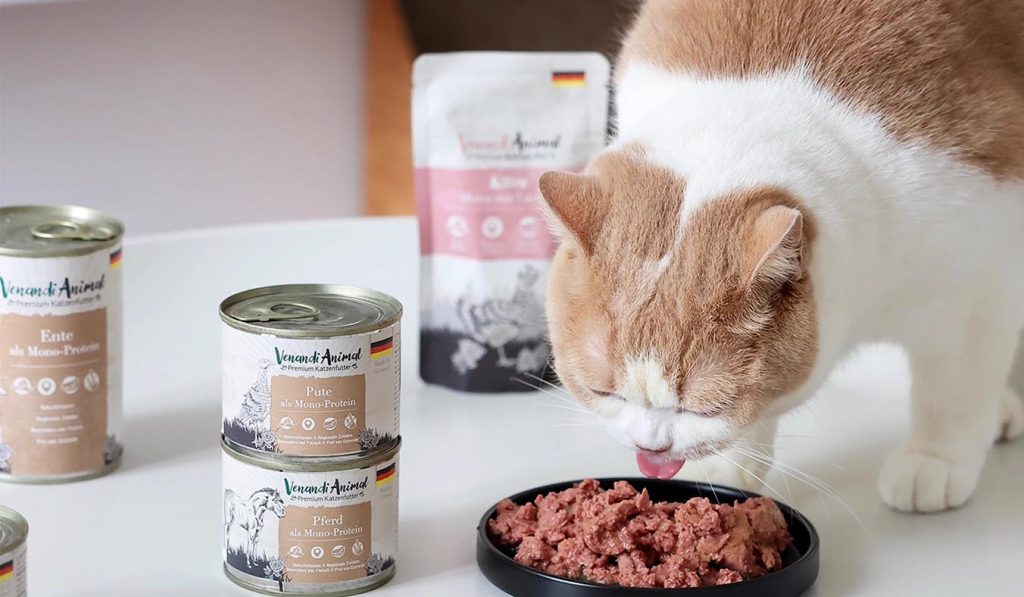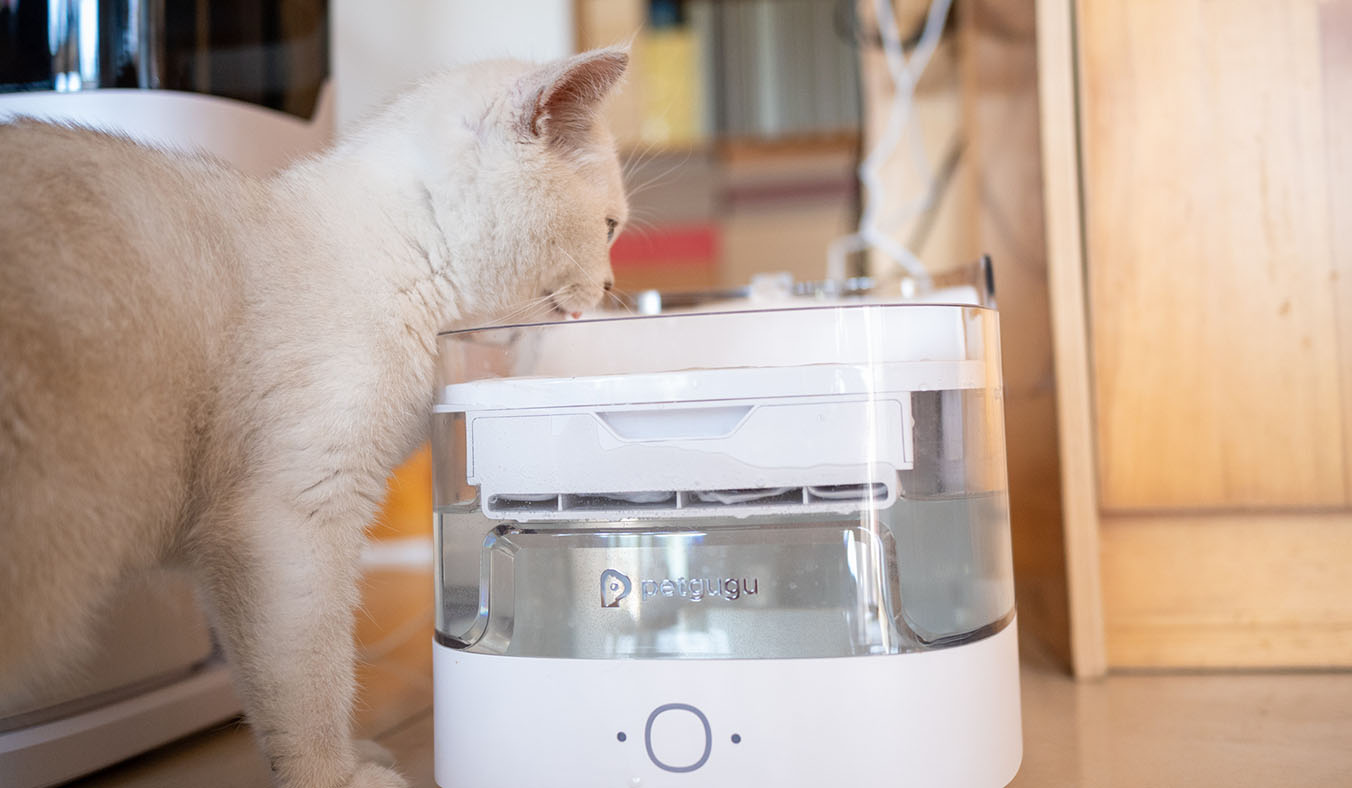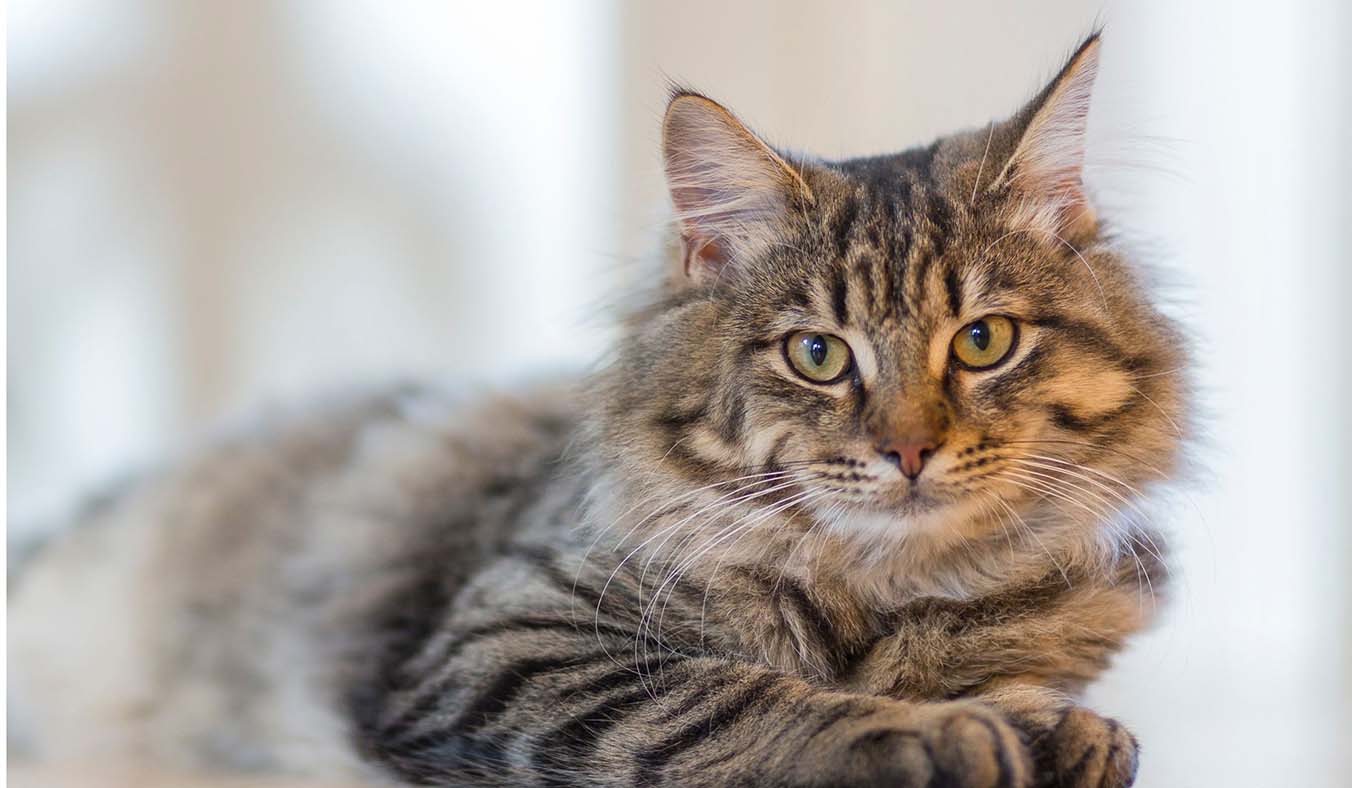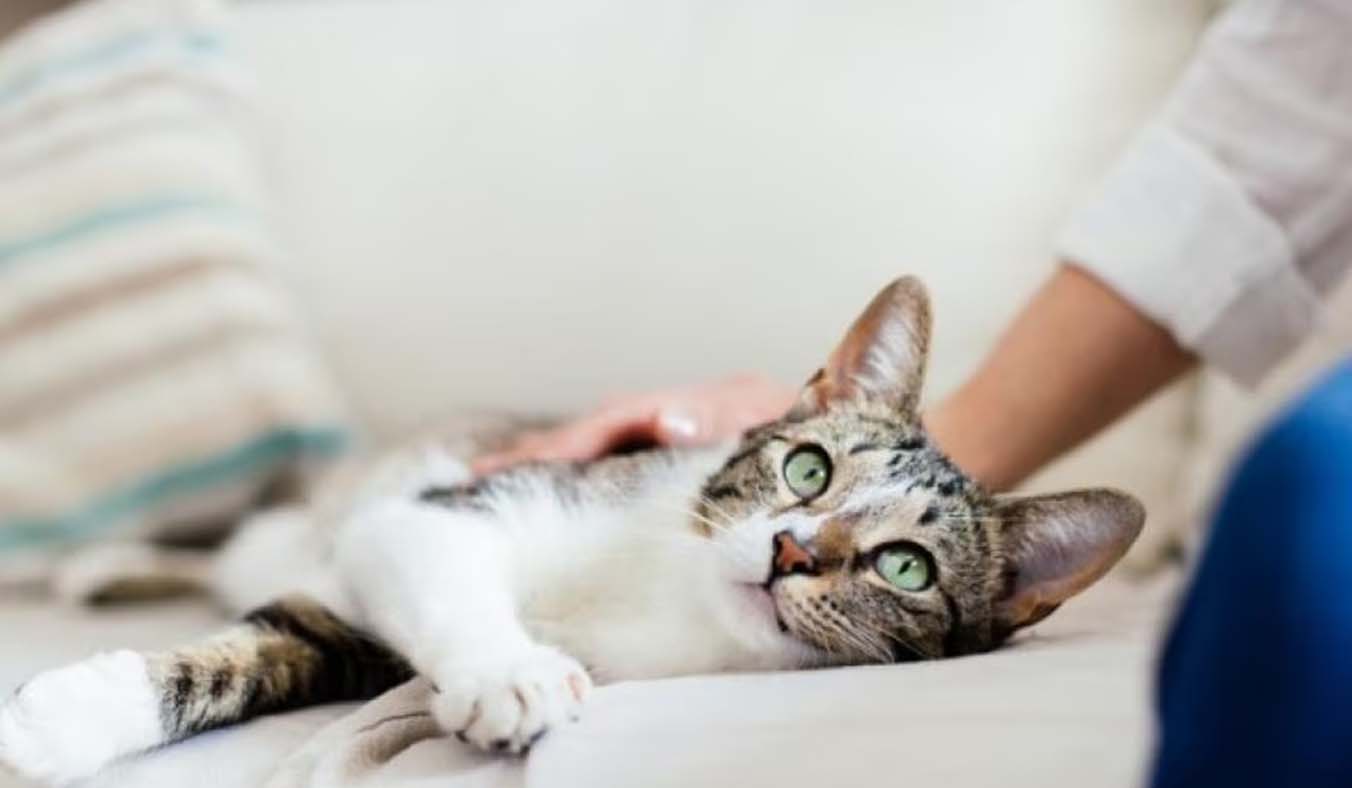When cat owners hear “urinary problems,” their first thought is often, “That only happens to older cats.” However, more and more data shows that urinary system diseases are not only common in senior cats—many cats just over a year old are already showing signs of urinary tract abnormalities, crystals, frequent urination, and even blockages. Clearly, the prevalence of this issue is not strictly age-related; instead, it’s closely tied to diet structure, daily management, and living environment.
Cats are animals that evolved from desert environments, where their ancestors adapted to low-water conditions. As a result, modern cats have a naturally low thirst drive and still rely heavily on their food for moisture intake. Unfortunately, the widespread use of dry food, increased environmental stress, and limited water source options in today’s pet-keeping habits often leave their urinary systems in a state of subhealth.
Therefore, urinary issue prevention should start young—with a focus on diet and lifestyle management to truly safeguard the first line of defense for feline health.
1. Urinary Problems Across All Ages: Not Just an Older Cat’s Issue
Feline urinary problems include frequent urination, blood in the urine, crystals, stones, cystitis, and urinary blockages. While some types are more common in senior cats, young cats are certainly not immune.
1.1 Young Cats Can Also Experience Blockages
In recent years, more and more cats under the age of five have been diagnosed with Feline Lower Urinary Tract Disease (FLUTD), including Feline Idiopathic Cystitis (FIC), urethral plugs, and urinary crystals. These conditions are often triggered by a combination of stress, low water intake, and imbalanced mineral content in the diet.
1.2 Male Cats Are Anatomically More Prone
Male cats are especially susceptible due to their narrow, long, and curved urethras. Even a small amount of crystals or inflammatory debris can easily block the passage, potentially leading to life-threatening urinary retention. So even a seemingly healthy, active male cat can suddenly and severely fall ill if their diet and urinary health are neglected.
2. Diet Is the Key: The First Line of Defense for Urinary Health
The feline urinary system is heavily influenced by dietary composition. An imbalance in dietary minerals or inadequate water intake can alter urine pH, concentration, and content—laying the groundwork for urinary problems.
2.1 Dry Food Isn’t the Villain, But Needs Proper Pairing
Many believe that “dry food causes urinary issues,” but this is an oversimplification. High-quality dry food formulas often include urinary health support. The issue lies in long-term exclusive dry food feeding, which results in low moisture intake and concentrated urine, increasing crystal formation risks. Therefore:
- Dry food can be a staple, but should not be the sole food source;
- Combine with wet food and hydration strategies to ensure proper hydration.
2.2 The Irreplaceable Role of Wet Food
Wet food contains 70%–80% moisture, making it the most effective and natural way to increase water intake. Cats fed moist diets tend to produce more diluted urine and in larger volumes, helping flush out debris from the bladder and urethra. Recommendations:
- Provide at least one meal of wet food daily;
- In dry seasons or heated indoor environments, wet food is even more crucial.

2.3 Low Magnesium, Low Calcium, High Moisture: Lower Crystal Risks
Urinary crystals (especially struvite and calcium oxalate) are precursors to stones and blockages. To reduce the risk:
- Avoid high-magnesium, high-phosphorus ingredients and snacks;
- Do not over-supplement with calcium;
- Choose urinary formulas with pH regulation functions.
3. Hydration: Strategies to Beat the Cat’s Low Thirst Instinct
Cats naturally drink little water due to evolutionary adaptations, but domestic cats must overcome this to stay healthy. Multiple strategies can encourage better hydration.
3.1 Water Bowl Types and Placement Matter
Cats have strong preferences regarding water containers. Some prefer ceramic or glass bowls and dislike metallic odors; others avoid bowls placed next to food. Suggestions:
- Provide multiple water sources throughout the house;
- Try different bowl materials to determine your cat’s favorite;
- Keep water bowls away from litter boxes and food dishes.
3.2 Flowing Water Sparks Interest
Many cats are drawn to moving water. A filtered cat fountain can significantly increase drinking frequency. Be sure to:
- Clean the fountain regularly to prevent bacteria;
- Replace filters according to instructions;
- If using hard water, add a softener or boil and filter regularly.
3.3 Wet Food + Broth = Dual Hydration
Beyond wet food, many owners add extra hydration with chicken broth or rehydrated freeze-dried foods. This “food-as-water” approach is often more effective than plain water bowls.
4. Daily Management for High-Risk Cats
Some cats are at naturally higher risk for urinary issues, such as:
- Male cats, especially unneutered or overweight ones;
- Overweight cats, due to reduced mobility and longer urine retention;
- Cats with a history of urinary problems;
- Cats in multi-cat households with environmental stress.
These cats require multi-faceted management combining diet, lifestyle, and behavior.
4.1 Weight Control and Increased Activity
Overweight cats are more prone to concentrated urine. Tips:
- Use scheduled feeding and smart bowls to control calorie intake;
- Increase playtime with laser toys, cat trees, and interactive games;
- Avoid free-feeding dry food all day.
4.2 Minimize Stress Triggers
Stress is a major trigger for idiopathic cystitis, especially in sensitive cats. Triggers include new pets, moving house, or boarding. Countermeasures:
- Use feline pheromone diffusers for emotional stability;
- Maintain a consistent daily routine;
- Provide elevated hiding spots for a sense of security.
4.3 Litter Box Hygiene: Clean, Private, and Plentiful
Dirty, poorly placed litter boxes may cause cats to “hold it,” disrupting urinary balance. Best practices:
- Scoop litter boxes daily;
- One cat should have two litter boxes;
- Avoid placing litter boxes in noisy or high-traffic areas.
5. Urinary Health Products: Choose Wisely, Use Properly
Many products claim to support urinary health, from food and treats to supplements and accessories. Always check ingredients, target age, and actual needs.
5.1 Urinary-Specific Main Foods
Labeled with “Urinary Care” or “Urinary Tract Health,” these foods typically:
- Control magnesium, calcium, and phosphorus levels;
- Regulate urine pH to around 6.0–6.5;
- Include anti-inflammatory and antioxidant components.
They’re ideal for cats with existing or recurring issues, but not recommended as long-term food for healthy cats without symptoms.
5.2 Functional Treats and Hydration Boosters
Rehydrated freeze-dried packets and meat paste snacks can boost water intake and serve as rewards. Avoid high-salt or heavily processed options.
5.3 Herbal and Natural Supplements
Some brands offer cranberry extract, pumpkin powder, or D-mannose-based supplements for bladder and urinary health. Always consult a vet before use.

6. The Core Principles: Visual Monitoring + Long-Term Management
Urinary issues don’t form overnight, nor are they solved in one go. The keys to managing urinary health are consistency, detail, and proactive care.
6.1 Monitor Urine Output and Frequency
You can:
- Use smart litter boxes to track bathroom habits;
- Observe your cat’s posture and frequency when urinating;
- Check litter clumps for size and count.
Seek veterinary help if you see frequent attempts, little output, or straining.
6.2 Annual Checkups and Urine Tests
Even if your cat appears healthy, an annual urinalysis is recommended. For cats with prior issues, schedule regular follow-ups, and include imaging (X-ray or ultrasound) if needed.
6.3 Long-Term “Diet + Lifestyle” Strategy
No “magic food” solves every problem. What truly works is an ongoing combination of proper diet, hydration methods, optimized living conditions, and emotional stability. This comprehensive approach is the real key to preserving urinary health.
Start Early: Urinary Health Is Not Just a Senior Cat Concern
Urinary system diseases aren’t just for elderly cats. Young cats also face hidden risks from stress, poor hydration, and unbalanced diets. Instead of reacting to blood in the urine or blockages, start prevention now—with mindful nutrition, daily care, and emotional support. A little patience and foresight today can save your cat a lot of discomfort in the future.



